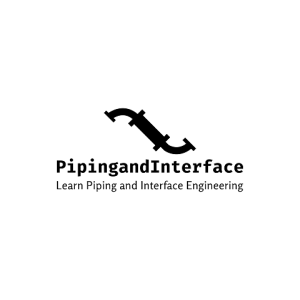6 Major Differences between Mass and Weight | Mass vs Weight
During ordinary conversations, Mass vs Weight is used interchangeably even though both terms are different. The mass of an object is the amount of material that an object contains and that is...
